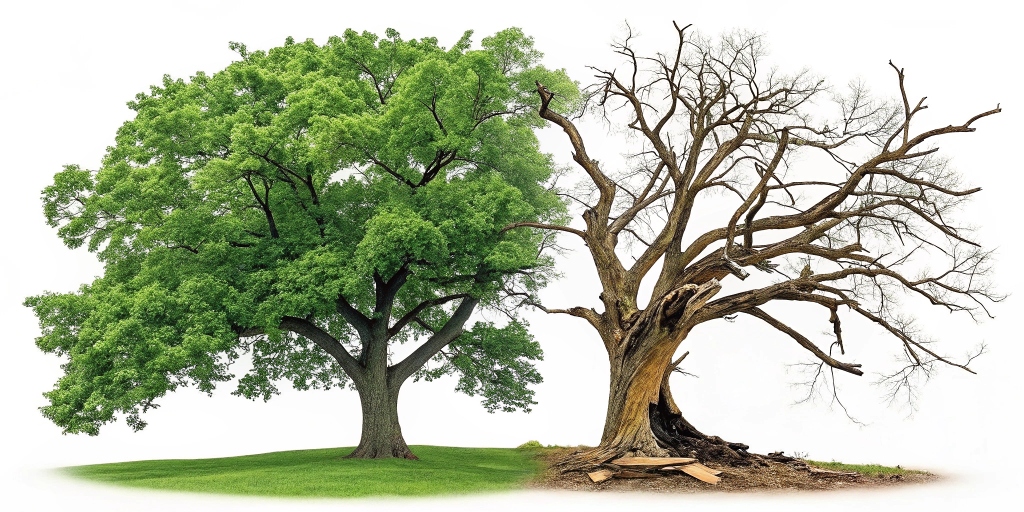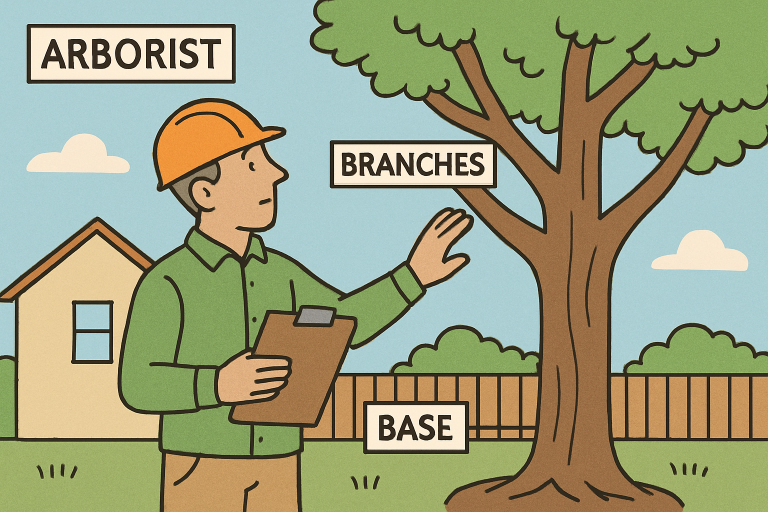
Trees are among a property’s most valuable features, providing beauty, environmental benefits, and enhanced curb appeal. However, these living assets can quickly become serious liabilities without proper maintenance. Proactive care, including regular inspections, helps identify risks before they escalate into costly problems. For property owners seeking expert assistance, Richardson’s professional tree services Richardson offers comprehensive assessments designed to keep trees healthy and properties safe.
A single overlooked issue—like an unstable branch or hidden root decay—can cause severe damage during storms or high winds. Incorporating routine inspections into your property maintenance plan is key to preventing avoidable damage and ensuring the well-being of people and landscapes.
Identifying Potential Hazards Early
Frequent tree inspections offer an opportunity to spot warning signs before they present serious risks. Issues like fungal growth, cracks in the trunk, or decayed roots often develop gradually and can be invisible to the untrained eye. A certified arborist can recognize subtle danger signals such as minor shifts in a tree’s lean or slight discoloration of leaves, which may indicate deeper health problems.
These early detections empower property owners to act swiftly—whether treating disease, removing a hazardous branch, or reinforcing a weakened tree—significantly reducing the potential for larger issues that may threaten property integrity.

Preventing Property Damage
Trees growing too close to buildings, power lines, or other structures are at high risk of causing damage, especially during storms or strong winds. Overgrown or compromised limbs are particularly hazardous, as falling branches can break windows, damage roofs, and take down power lines. Even healthy-looking trees can conceal interior decay, which weakens their structure.
Routine professional inspections and ongoing maintenance, such as pruning and cabling, are essential for mitigating these threats. Acting early protects your property from preventable damage and avoids costly emergency repairs after a storm.
Ensuring Safety for Occupants and Visitors
The safety of residents, guests, and anyone passing by your property should always be a priority. Neglected trees can create hiding places for pests, lose large limbs unexpectedly, or even topple entirely without warning. These incidents can lead to serious injuries and expensive liability claims, especially if a falling tree or branch damages a vehicle or injures someone on your property.
Routine assessments, especially in high-traffic areas or where trees are older, help eliminate potential hazards and ensure a safe environment for everyone.
Enhancing Tree Health and Longevity
Consistent inspections are pivotal in encouraging healthy tree growth and extending a tree’s lifespan. By identifying and addressing issues such as pest infestations, fungal diseases, or soil nutrient deficiencies early, trees receive the targeted care they need to thrive. This, in turn, allows them to continue offering shade, habitat, and beauty for many years.
Routine checkups can also include recommendations on proper mulching, watering, and fertilization, helping you maintain a lush, attractive landscape while preventing stress and tree decline.
Complying with Legal Responsibilities
Property owners have a legal and ethical duty to keep their grounds safe. Neglecting tree care can lead to significant liability if a hazardous tree causes injury or damages a neighbor’s property. In many municipalities, ignoring visible issues after being warned can increase the risk of a lawsuit and fines.
Regular inspections not only demonstrate due diligence but also provide documented proof that you are proactively managing potential risks, offering peace of mind and legal protection.
Recommended Frequency of Inspections
How often you should inspect your trees depends on several factors, such as their species, age, health history, and proximity to structures. Generally, a thorough, professional tree inspection is recommended at least once a year. However, certain situations call for more frequent assessments:
- Trees located near buildings, walkways, or parking lots
- Trees previously damaged by storms or construction
- Trees showing visible signs of distress
- After significant weather events such as windstorms or ice storms
Annual professional evaluations are especially crucial for mature or heritage trees, which can deteriorate rapidly if not monitored regularly.
Signs That an Inspection Is Needed
- Dead or dying branches
- Fungal growth on the trunk or at the base
- Visible cracks or splits in the trunk
- Leaning or suddenly tilted trees
- Unusual leaf discoloration, sparse foliage, or premature leaf shedding
If any of these signs are observed, a prompt inspection is crucial. Proactively addressing these symptoms ensures your property’s safety and your trees’ long-term vitality.
Conclusion
Routine tree inspections are a simple yet highly effective strategy for avoiding major property damage, preventing safety hazards, and promoting the overall wellness of your trees. Property owners can enjoy the rewards of healthy trees and a protected landscape for years to come by arranging professional evaluations and responding quickly to early warning signs.



